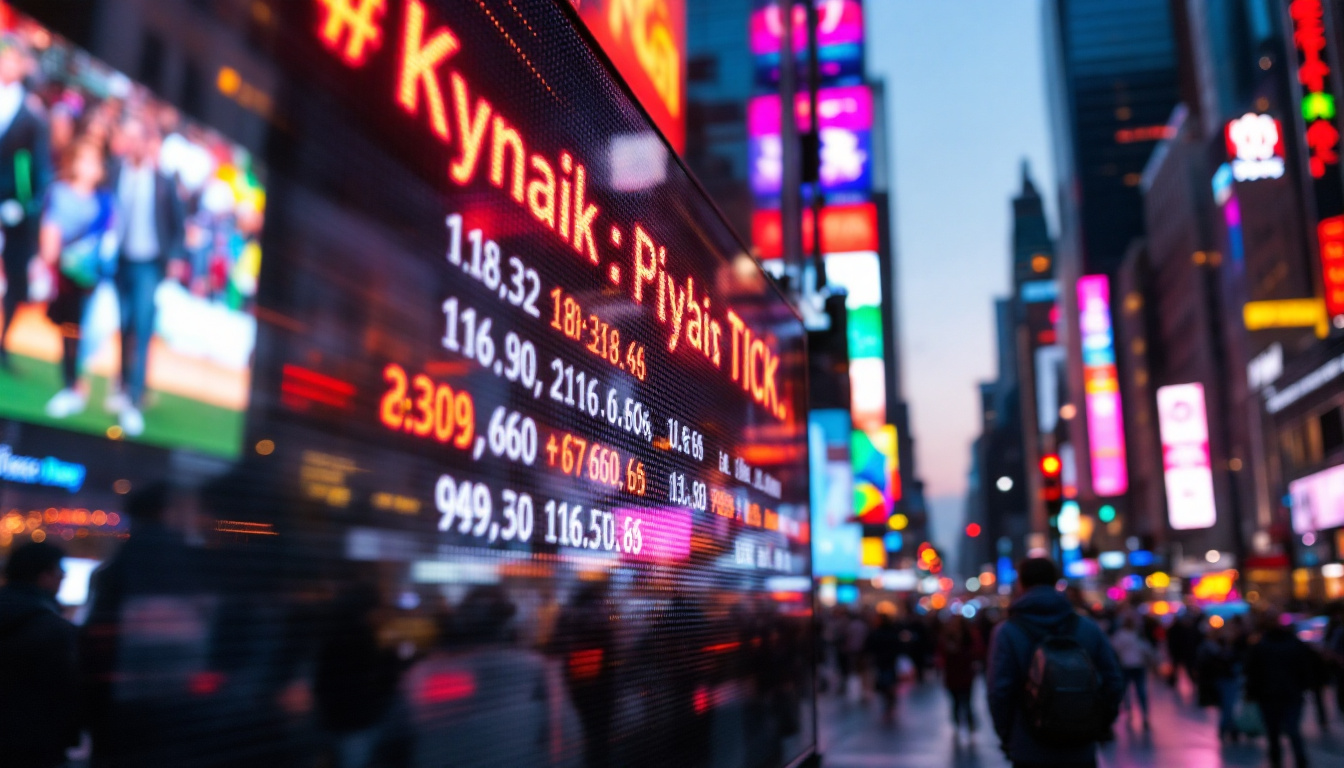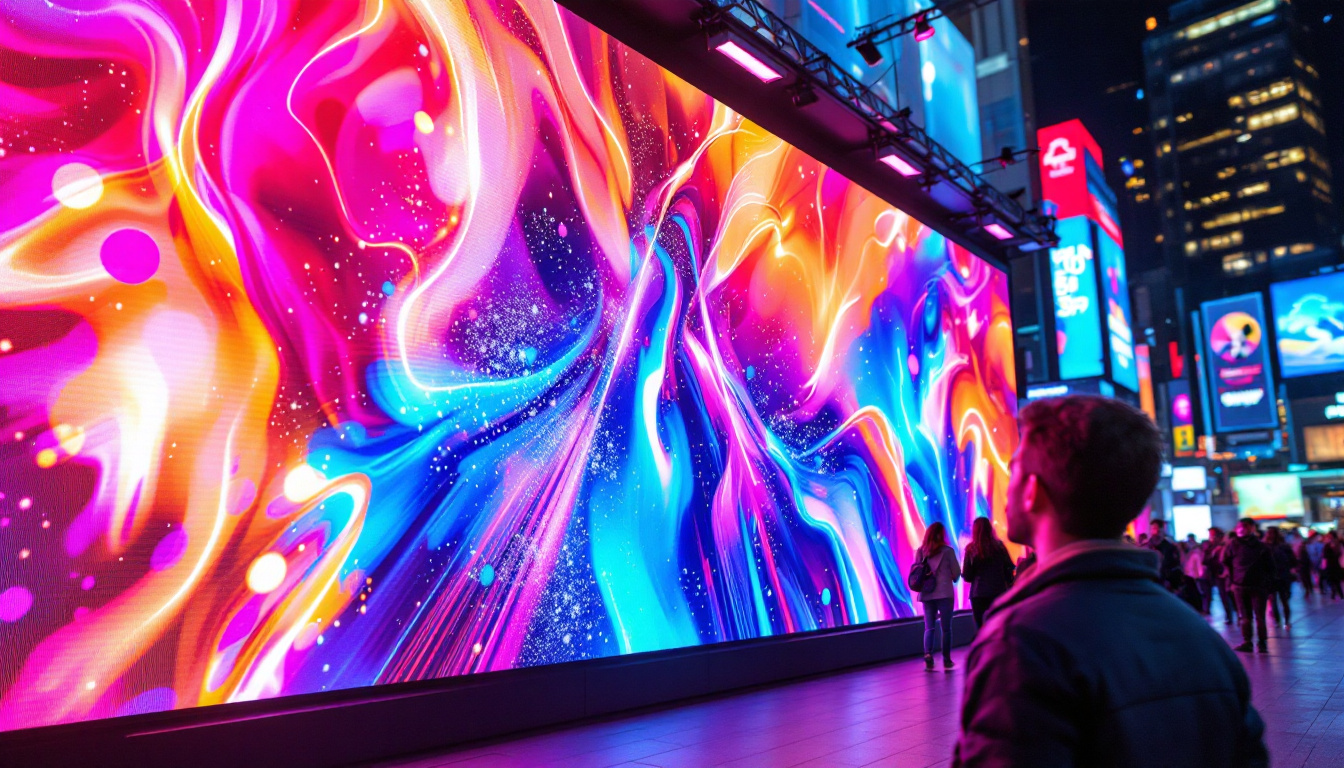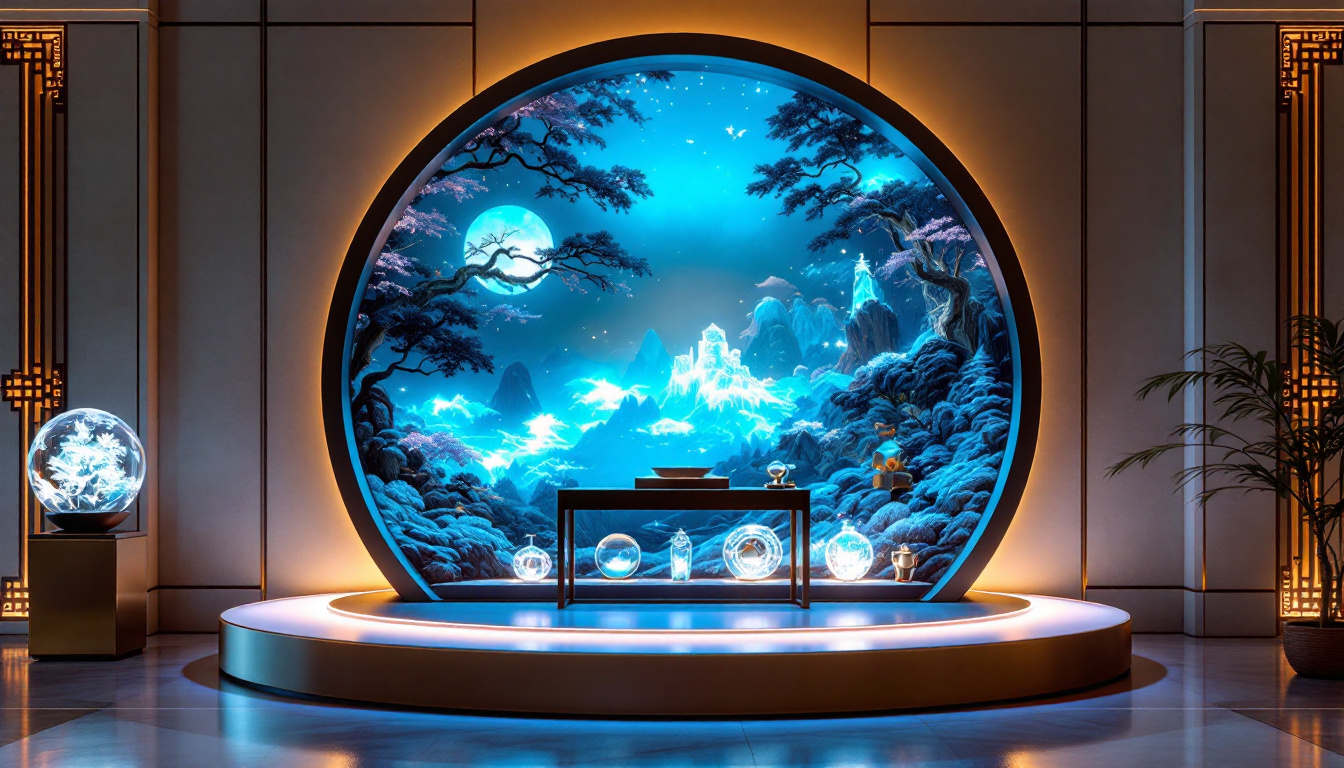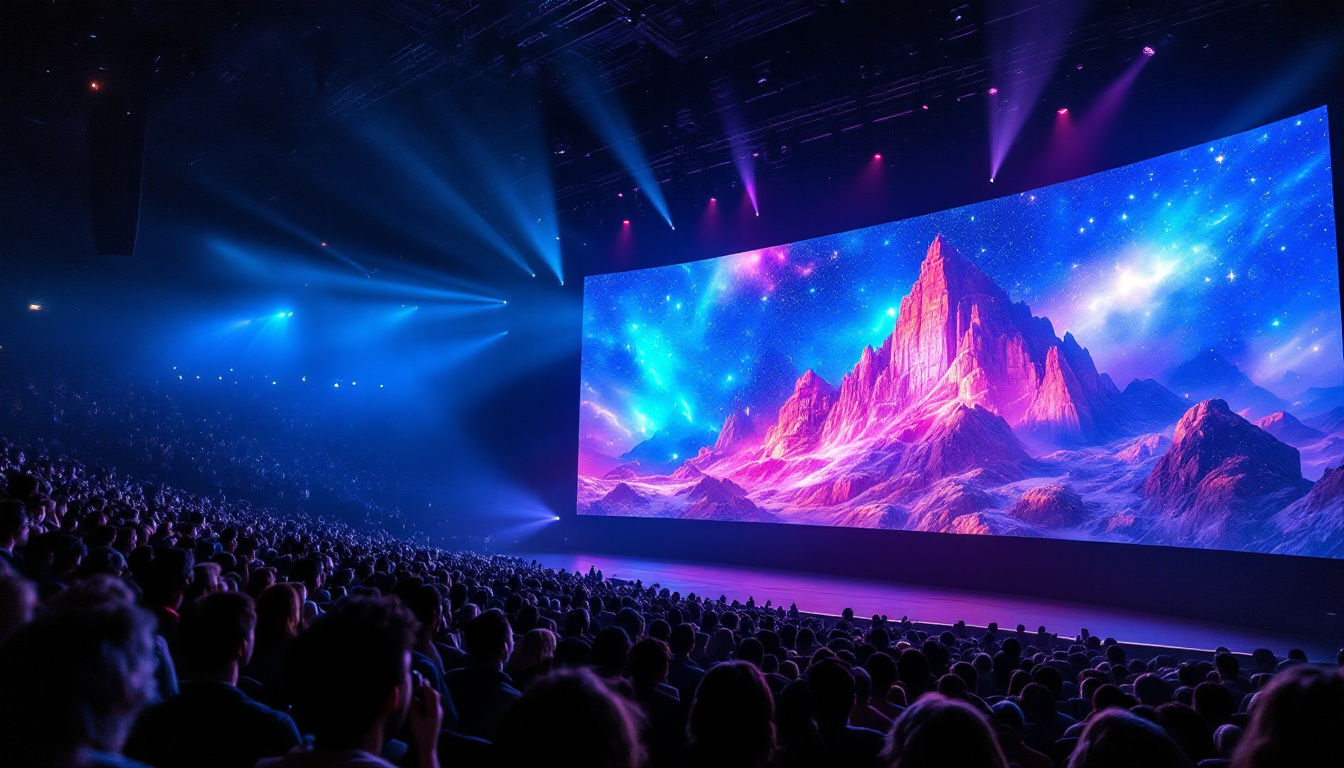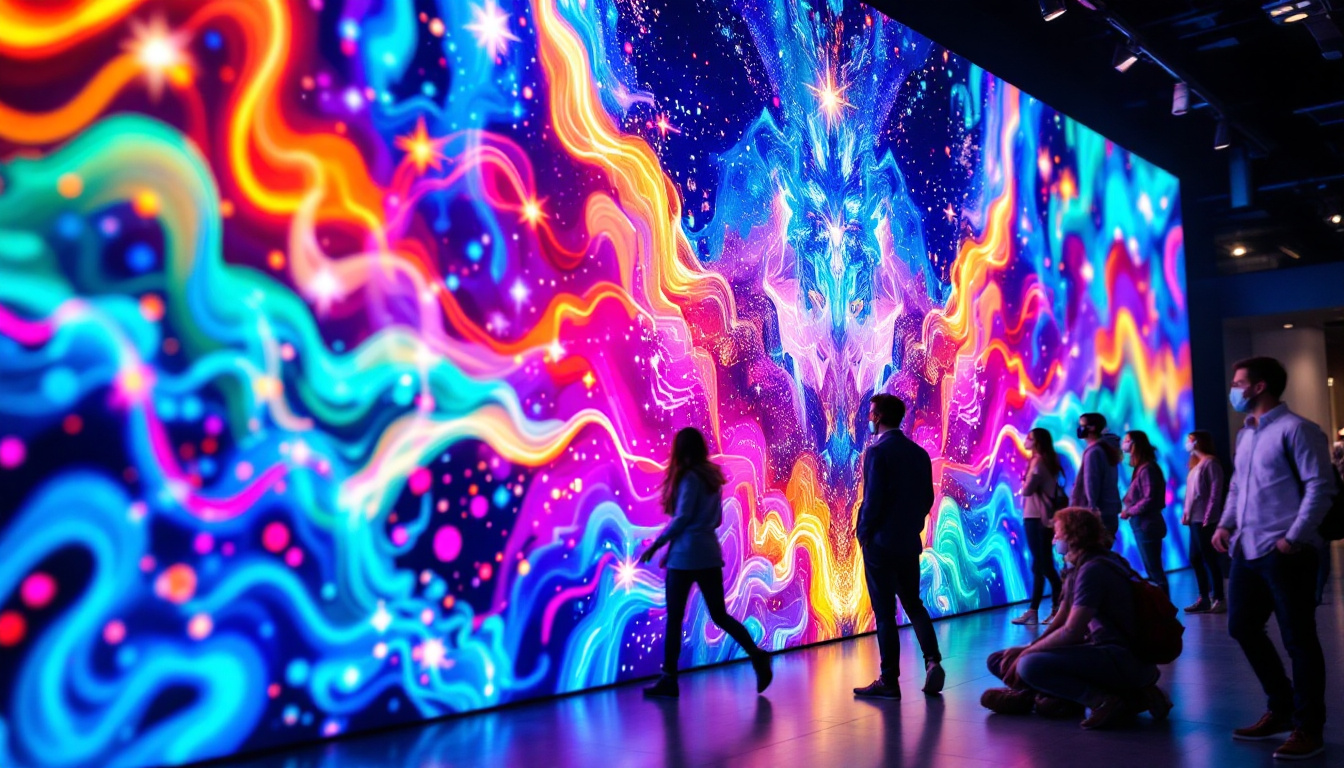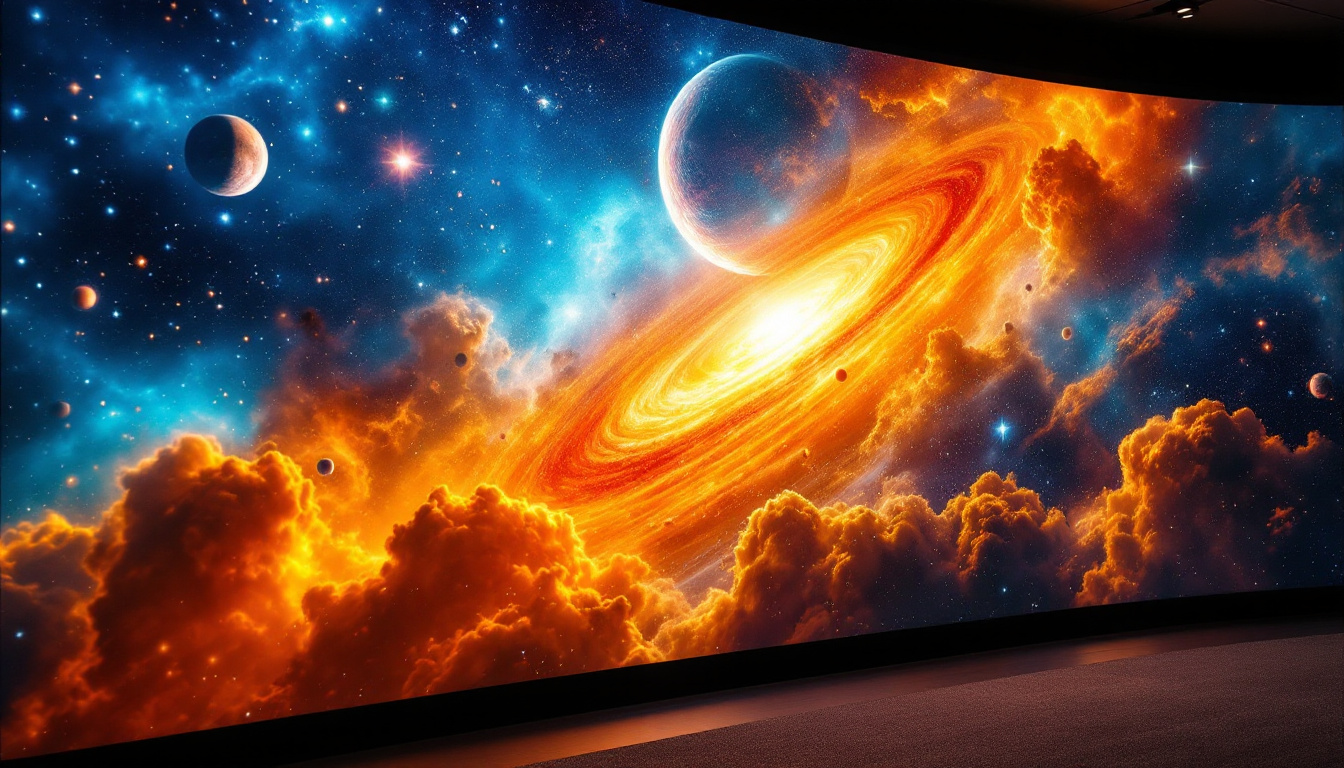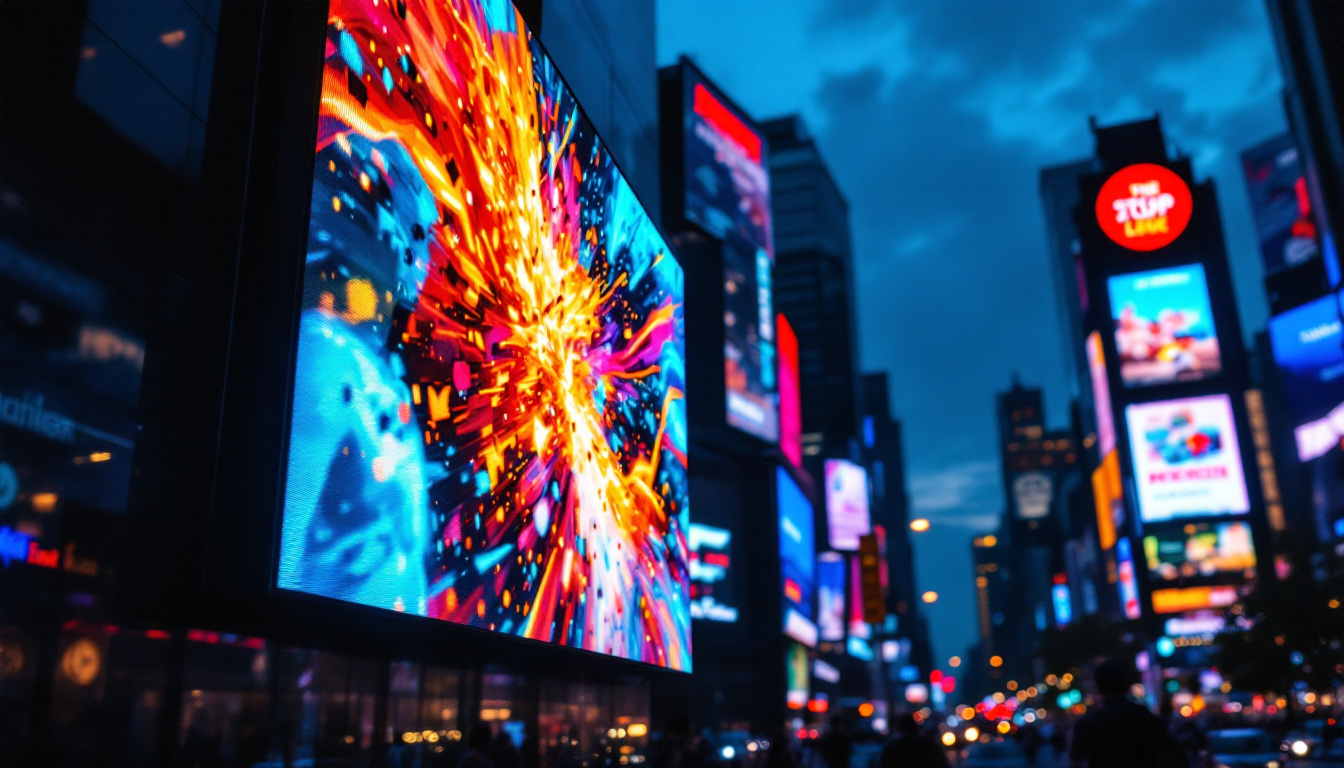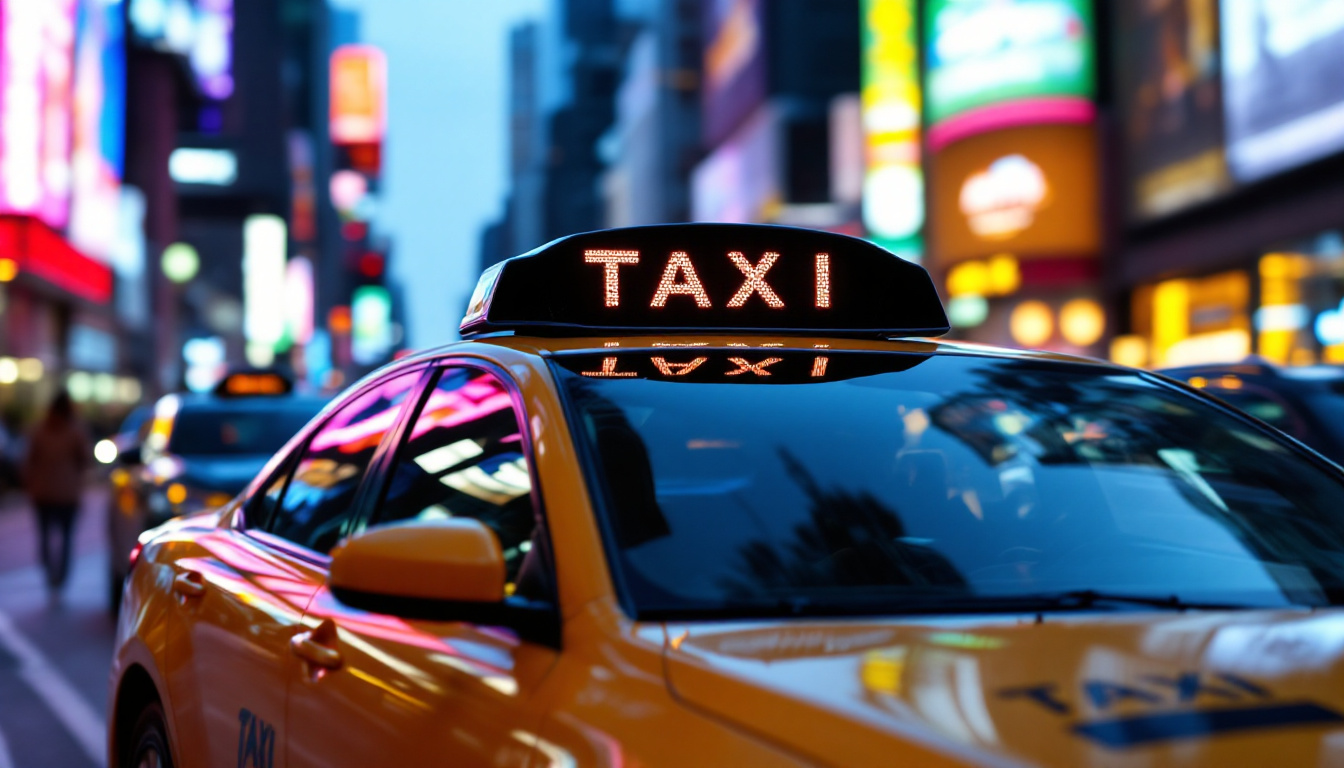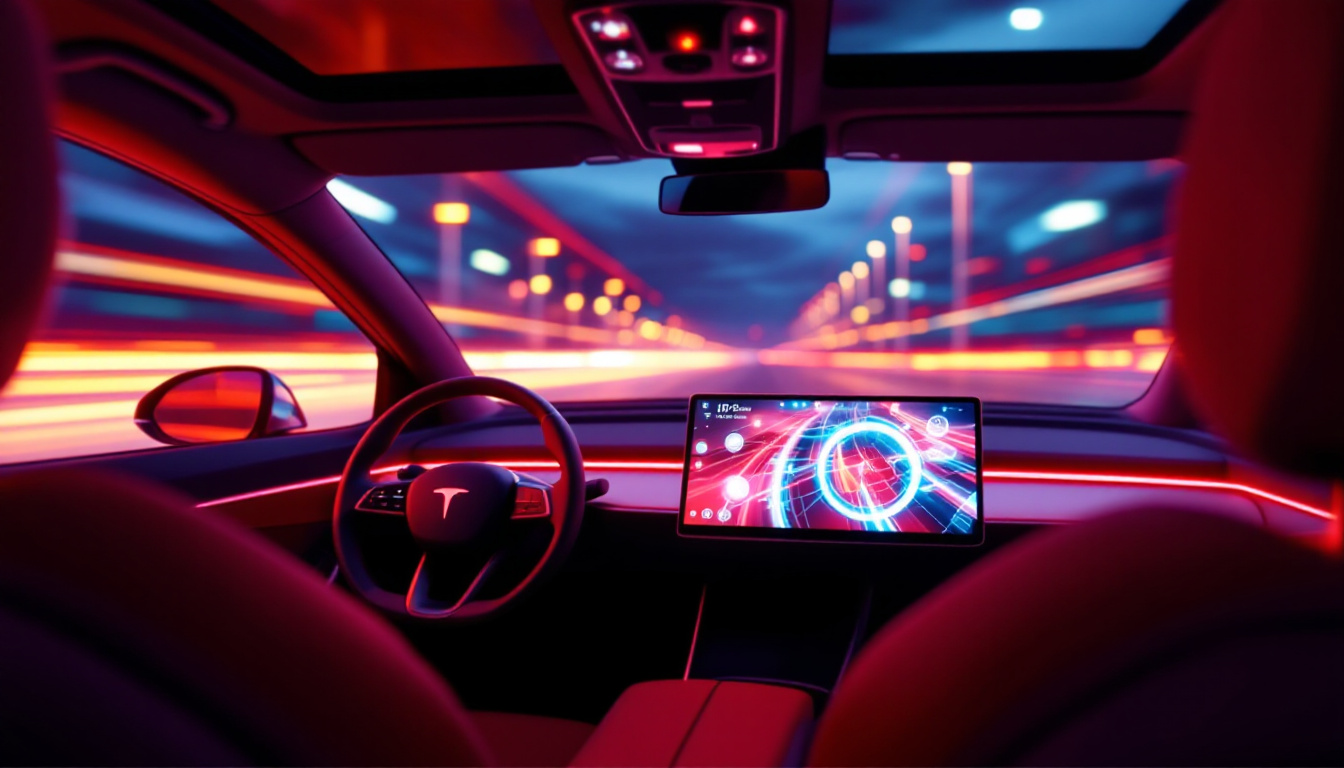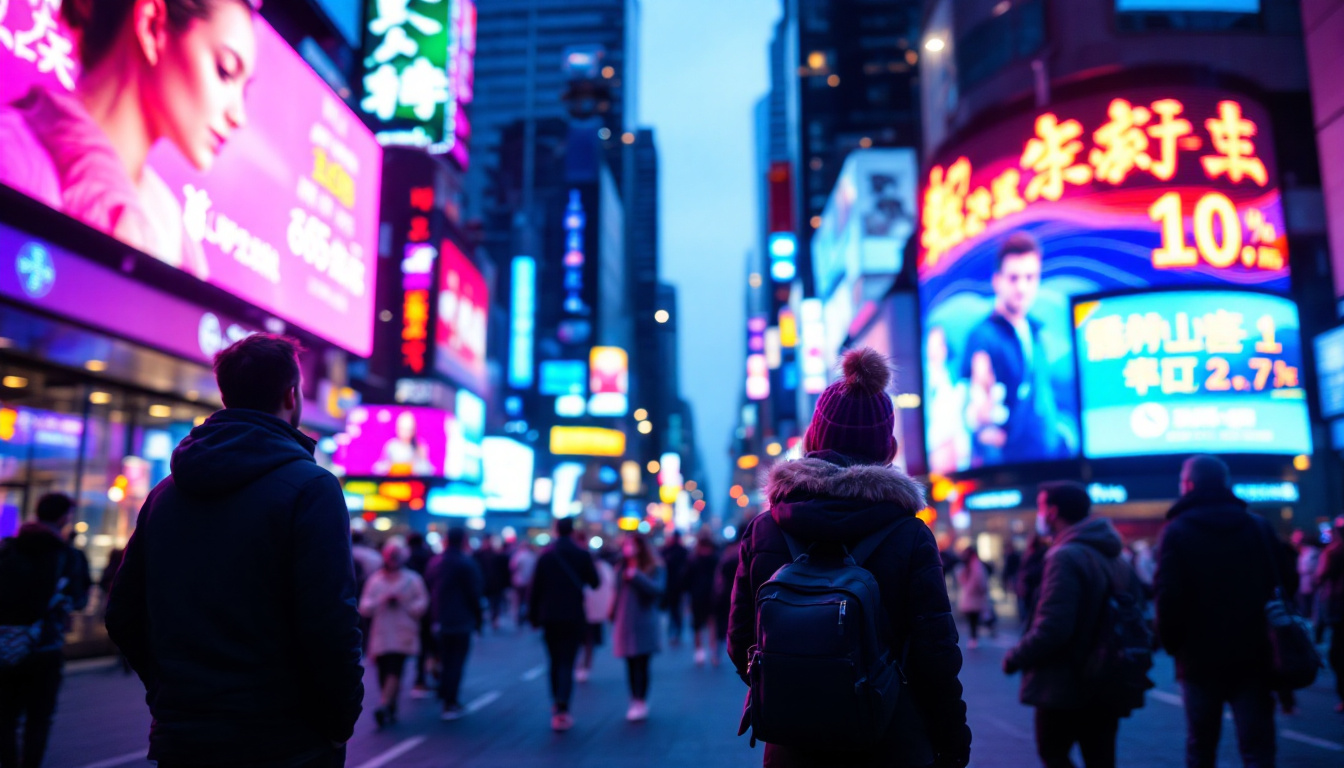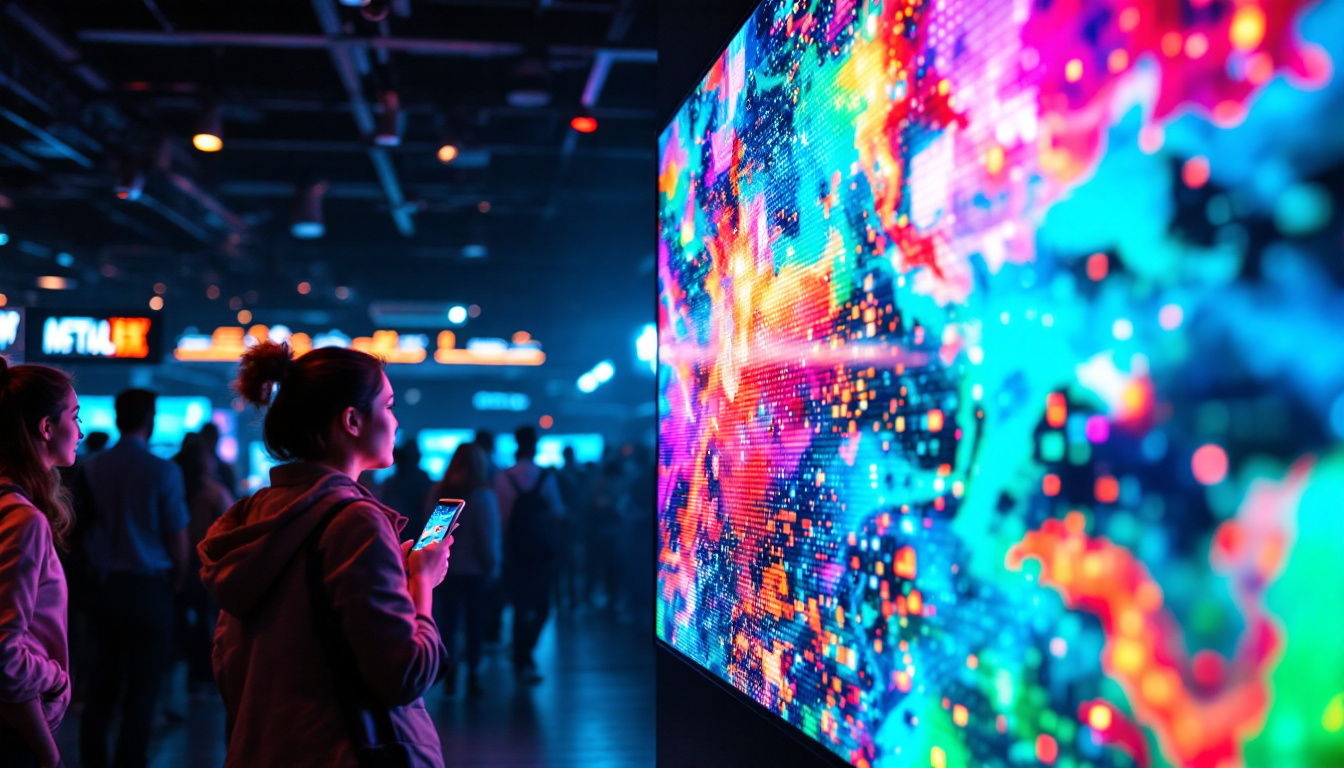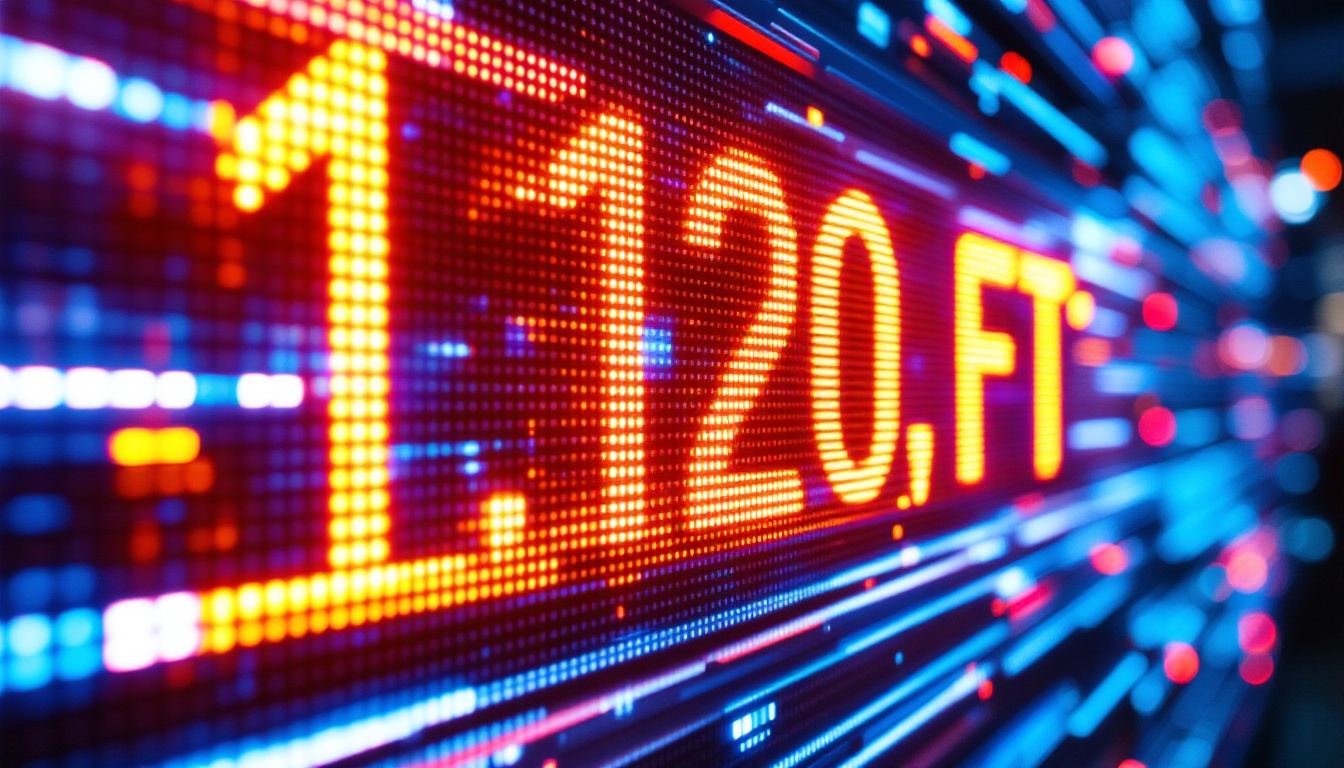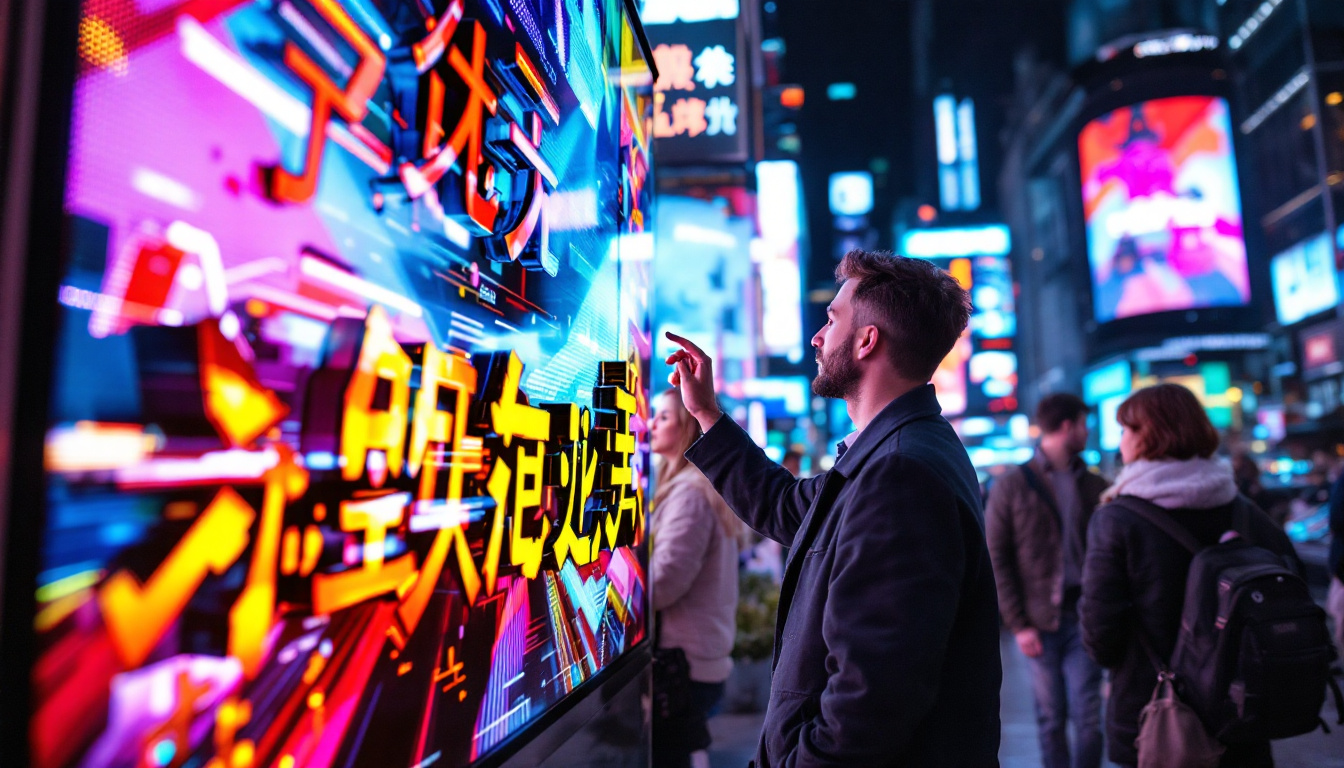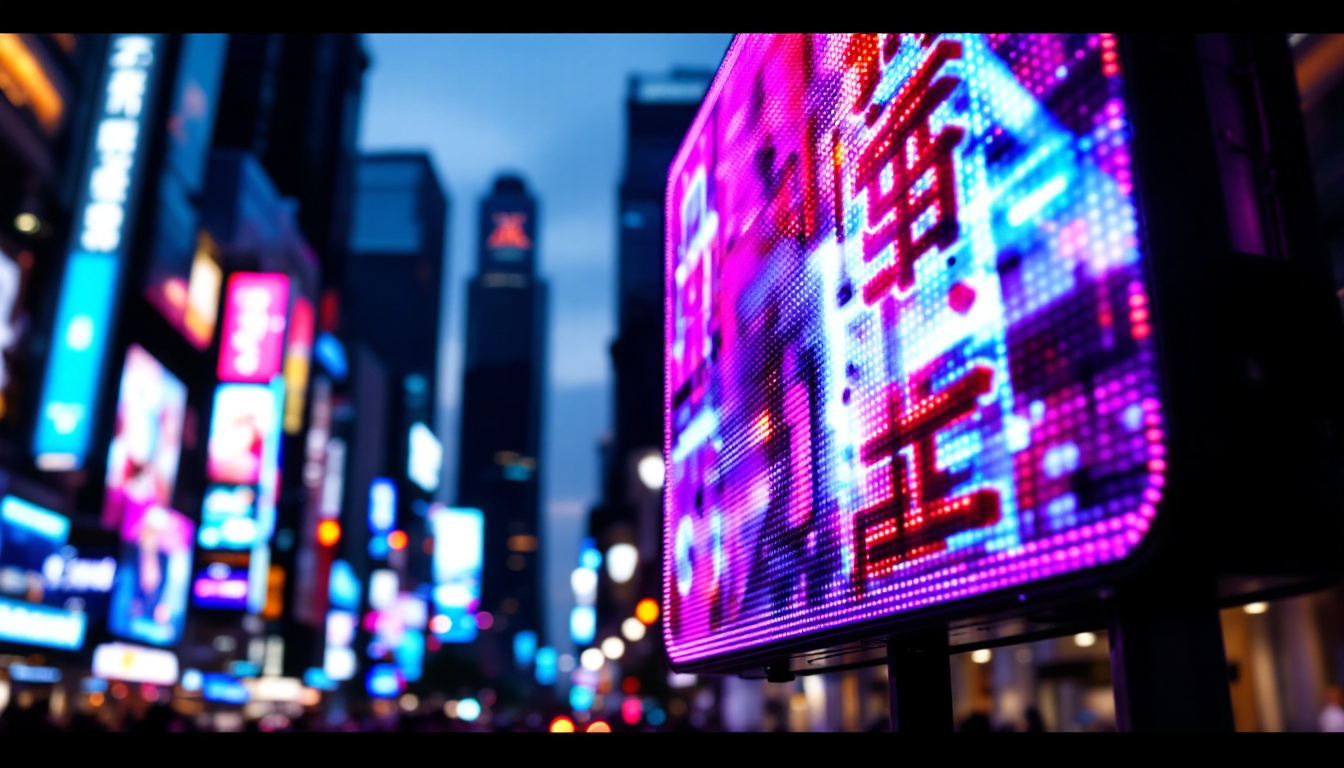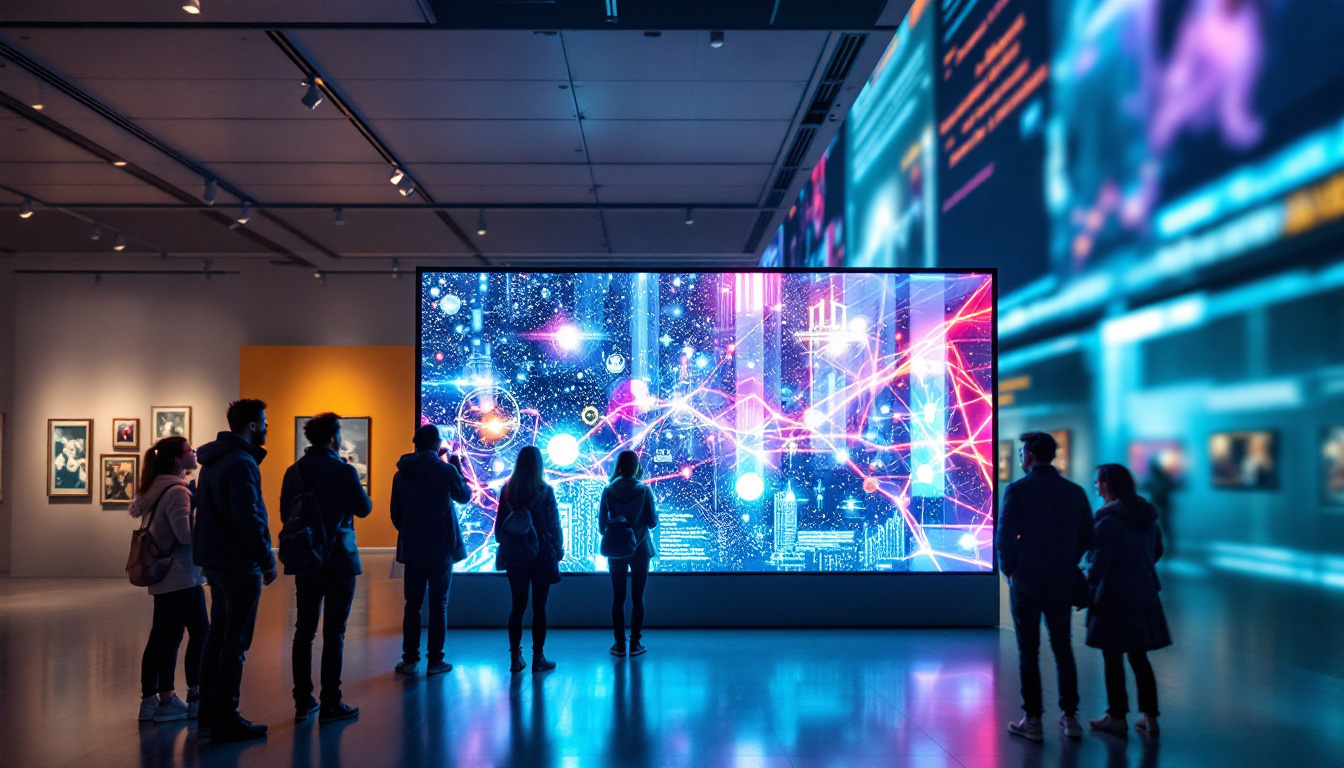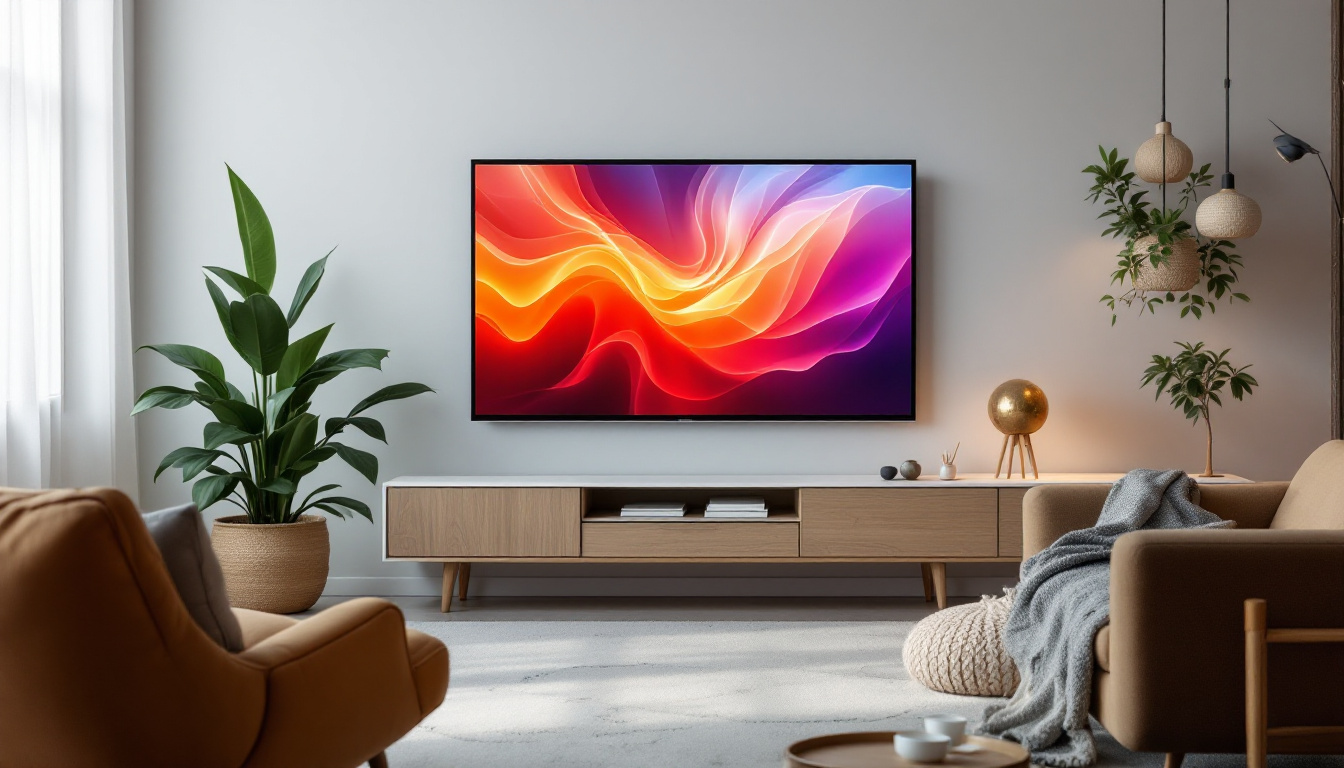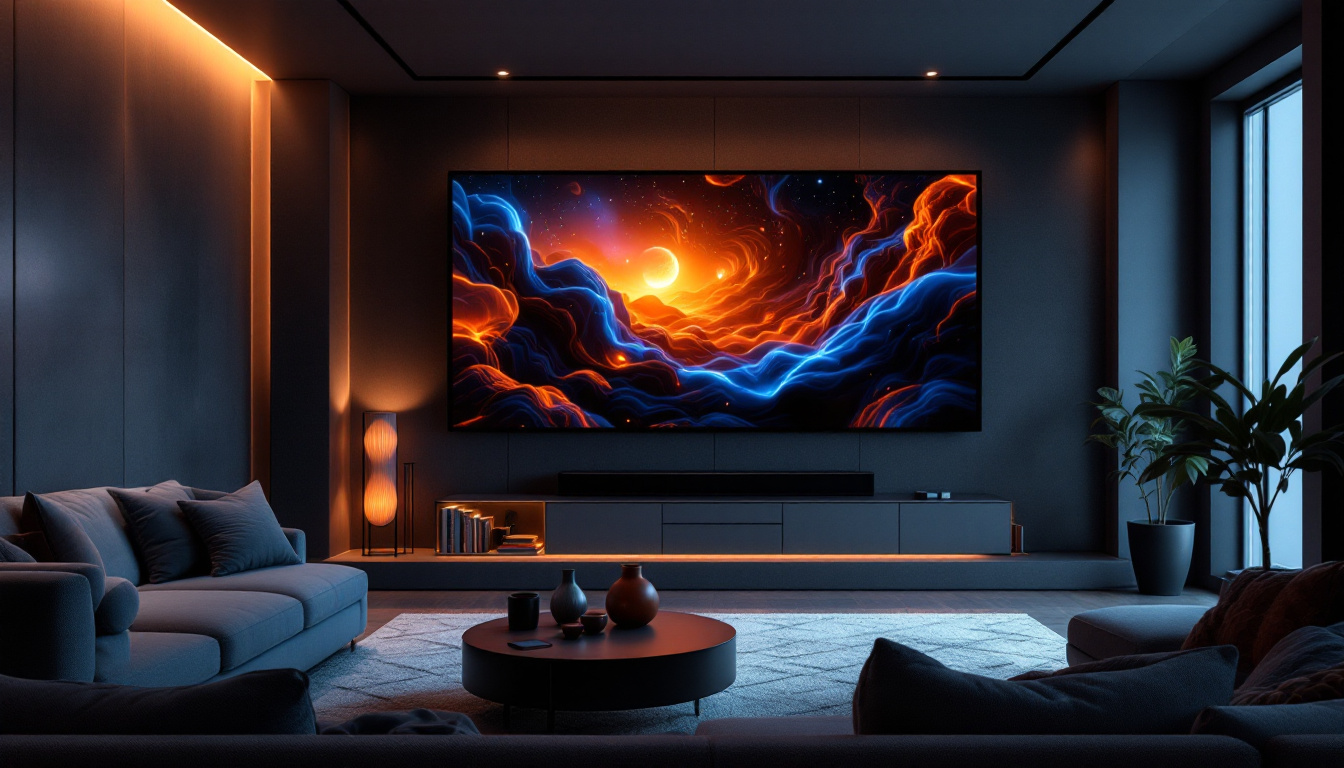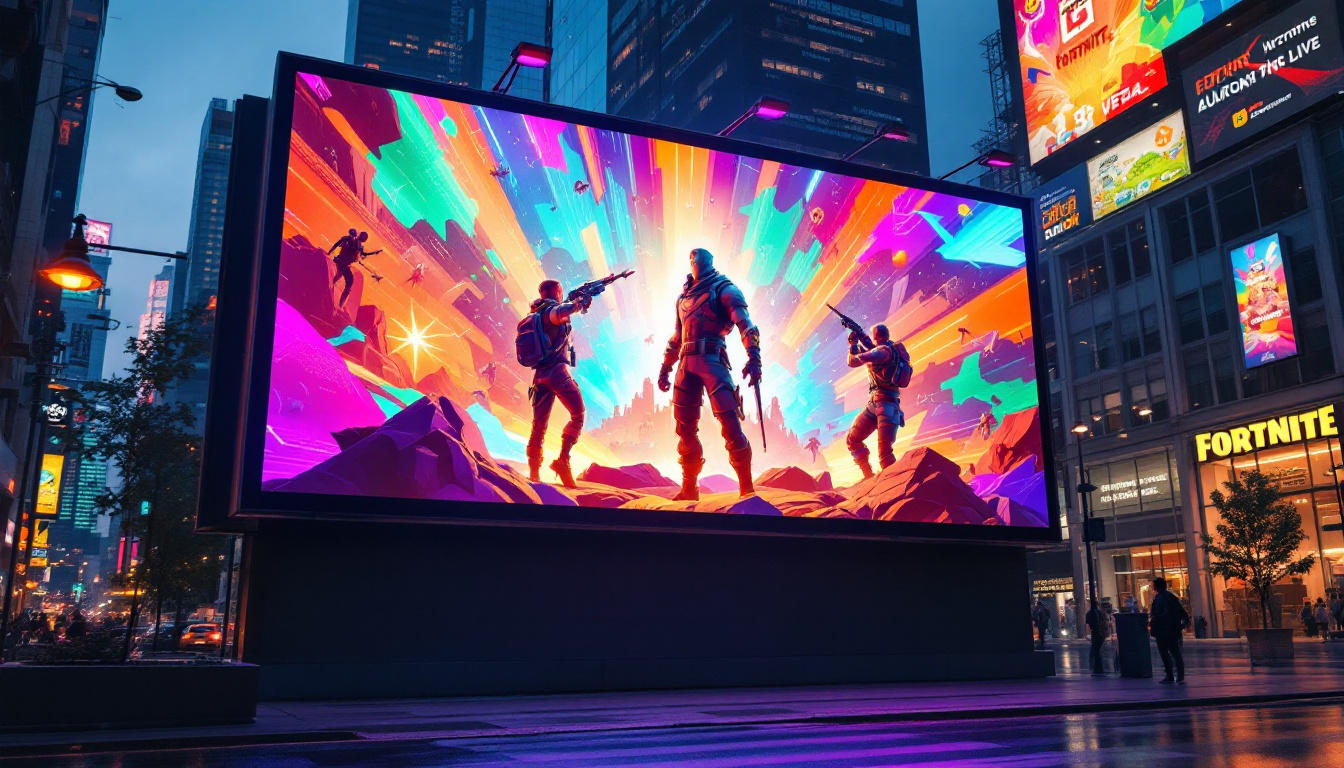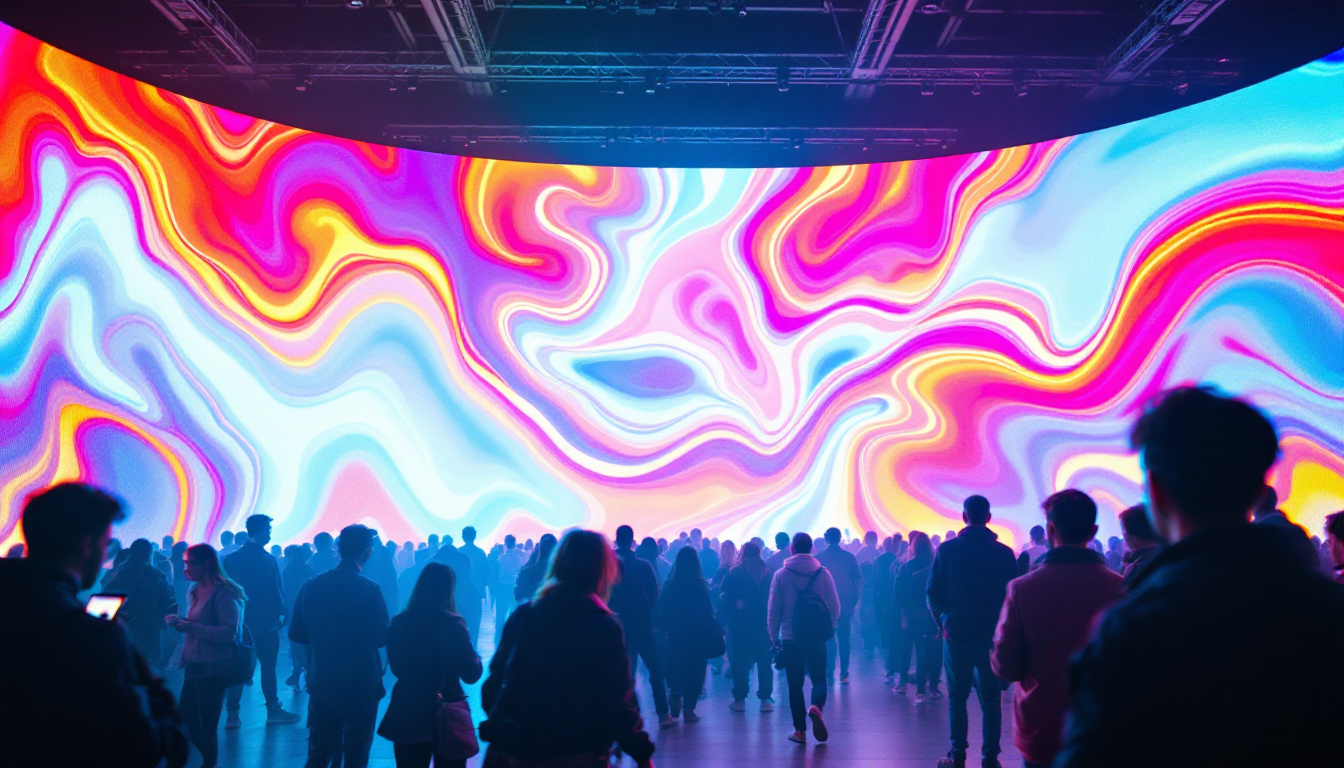Outdoor LED Screen: LED Display Explained
In the digital age, outdoor LED screens have become a prominent feature in urban landscapes, serving various purposes from advertising to public information dissemination. With their vibrant colors and high visibility, these displays have transformed the way information is communicated in public spaces. This article delves into the intricacies of outdoor LED screens, exploring their technology, applications, and advantages.
Understanding LED Technology
Light Emitting Diodes (LEDs) are semiconductor devices that emit light when an electric current passes through them. This technology has revolutionized display screens, allowing for brighter, more energy-efficient, and longer-lasting options compared to traditional display methods. The efficiency of LEDs is not only beneficial for reducing energy consumption but also contributes to lower operational costs over time, making them an attractive choice for businesses and consumers alike.
How LED Displays Work
LED displays consist of numerous small LED lights arranged in a grid format. Each pixel on the screen is made up of red, green, and blue (RGB) LEDs, which combine to create a full spectrum of colors. When these pixels are illuminated in different combinations, they produce images and videos that can be viewed from various distances. The technology behind LED displays also allows for quick refresh rates, which is essential for displaying fast-moving images without blurring, making them ideal for dynamic content such as sports broadcasts and live events.
The brightness and clarity of outdoor LED screens are significantly enhanced by their ability to adjust brightness levels based on ambient light conditions. This adaptability ensures that the display remains visible even in direct sunlight, making it an ideal choice for outdoor environments. Additionally, many modern LED displays incorporate advanced features such as automatic color calibration and temperature control, which help maintain consistent performance and color accuracy throughout their lifespan.
Types of Outdoor LED Screens
Outdoor LED screens come in various types, each designed to meet specific needs. The most common types include:
- Full Color LED Displays: These screens use RGB technology to produce vibrant images and videos, ideal for advertising and entertainment. Their ability to display high-definition content makes them a favorite for concerts, festivals, and public events.
- Monochrome LED Displays: Typically used for text-based information, these displays are simpler and often more cost-effective. They are commonly found in applications such as scoreboards, public transportation information boards, and simple signage.
- Transparent LED Screens: These innovative screens allow light to pass through, making them suitable for storefronts while still displaying content. Their unique design not only enhances visibility but also creates an engaging shopping experience by blending digital content with physical products.
Another emerging type of outdoor LED technology is the flexible LED screen, which can be bent and shaped to fit various surfaces and structures. This versatility opens up new possibilities for creative advertising and artistic installations, allowing brands to capture attention in ways that were previously unimaginable. Furthermore, advancements in pixel pitch technology have led to higher resolution displays, enabling even finer detail and clarity, which is particularly beneficial for close-up viewing scenarios.
Applications of Outdoor LED Screens
Outdoor LED screens are versatile and can be used in a variety of settings. Their applications span multiple industries, each leveraging the unique advantages of LED technology.
Advertising and Marketing
One of the most common uses of outdoor LED screens is in advertising. Businesses utilize these displays to showcase products, promotions, and brand messages in high-traffic areas. The dynamic nature of LED displays allows for real-time updates, enabling advertisers to change content quickly and effectively.
Additionally, the high visibility of LED screens ensures that advertisements reach a larger audience, making them an essential tool for marketing campaigns. The ability to display video content further enhances engagement, capturing the attention of passersby.
Public Information Displays
Outdoor LED screens also play a crucial role in public information dissemination. Cities and municipalities use these displays to convey important messages, such as weather updates, traffic information, and emergency alerts. Their ability to present information clearly and attractively ensures that vital messages are communicated effectively.
Moreover, during events or emergencies, these screens can be utilized to provide real-time updates, ensuring public safety and awareness. The flexibility of content allows for quick adjustments based on the situation at hand.
Entertainment Venues
In entertainment venues, outdoor LED screens enhance the viewer experience. Concerts, sports events, and festivals often feature large LED displays to broadcast performances, highlight players, or show live feeds. These screens not only improve visibility for attendees but also create an immersive atmosphere that elevates the overall experience.
Furthermore, the integration of LED screens in outdoor venues allows for creative staging and dynamic content, making events more engaging and memorable.
Advantages of Outdoor LED Screens
The popularity of outdoor LED screens can be attributed to the numerous advantages they offer over traditional display methods. Understanding these benefits can help businesses and organizations make informed decisions about their display needs.
High Visibility and Brightness
One of the standout features of outdoor LED screens is their exceptional brightness. Designed to combat sunlight and other environmental factors, these displays ensure that content remains visible at all times. This high visibility is crucial for outdoor advertising and public information displays, where clarity is paramount.
Moreover, the brightness of LED screens can be adjusted automatically, ensuring optimal viewing conditions throughout the day and night. This adaptability enhances the effectiveness of the displayed content, making it more likely to capture attention.
Energy Efficiency
Outdoor LED screens are known for their energy efficiency. Compared to traditional lighting methods, LEDs consume significantly less power, translating to lower operational costs. This energy efficiency not only benefits businesses financially but also contributes to environmental sustainability.
Additionally, many LED screens come equipped with features that further enhance energy savings, such as automatic brightness adjustment and power management systems. This means that organizations can enjoy the benefits of high-quality displays without incurring excessive energy costs.
Durability and Longevity
Outdoor LED screens are built to withstand harsh weather conditions, including rain, wind, and extreme temperatures. Their robust construction ensures that they can endure the elements while maintaining optimal performance. This durability translates to a longer lifespan compared to traditional displays, reducing the need for frequent replacements.
Moreover, many manufacturers offer warranties and support services for outdoor LED screens, providing added peace of mind for businesses investing in this technology.
Installation Considerations
When considering the installation of outdoor LED screens, several factors must be taken into account to ensure optimal performance and longevity. Proper planning and execution are essential for maximizing the benefits of this technology.
Location and Placement
The location of an outdoor LED screen plays a critical role in its effectiveness. Screens should be placed in high-traffic areas where they can attract attention and convey messages effectively. Factors such as visibility, audience demographics, and surrounding infrastructure should be evaluated during the planning phase.
Additionally, the angle and height of the display should be considered to ensure that it is easily viewable from various distances and angles. Proper placement can significantly enhance the screen’s impact and effectiveness.
Technical Requirements
Installing an outdoor LED screen requires careful consideration of technical requirements, including power supply, data connectivity, and structural support. Ensuring that the screen has a reliable power source is crucial for uninterrupted operation.
Furthermore, data connectivity is essential for content management. Many outdoor LED screens can be controlled remotely, allowing for easy updates and changes. Ensuring a stable internet connection or data line is vital for optimal performance.
Future Trends in Outdoor LED Technology
The outdoor LED display market is continuously evolving, with new technologies and trends emerging regularly. Staying informed about these developments can help businesses leverage the latest advancements for enhanced performance and engagement.
Smart LED Displays
One of the most significant trends in outdoor LED technology is the integration of smart features. Smart LED displays can connect to the internet, allowing for real-time content updates, audience analytics, and interactive capabilities. This connectivity enables businesses to tailor their messaging based on audience behavior and preferences.
Moreover, smart displays can incorporate sensors and data analytics to optimize content delivery, ensuring that the right message reaches the right audience at the right time. This level of personalization can significantly enhance engagement and effectiveness.
Environmental Sustainability
As environmental concerns continue to grow, the outdoor LED display industry is also focusing on sustainability. Many manufacturers are developing eco-friendly LED screens that utilize recyclable materials and energy-efficient technologies. This trend not only addresses environmental issues but also appeals to consumers who prioritize sustainability in their purchasing decisions.
Furthermore, advancements in solar-powered LED technology are emerging, allowing screens to operate independently of traditional power sources. This innovation can be particularly beneficial in remote locations or areas with limited access to electricity.
Conclusion
Outdoor LED screens have revolutionized the way information is communicated in public spaces. With their vibrant colors, high visibility, and versatility, they serve various applications, from advertising to public information dissemination. As technology continues to advance, the potential for outdoor LED displays will only expand, offering new opportunities for businesses and organizations to engage with their audiences effectively.
Investing in outdoor LED screens not only enhances visibility and communication but also contributes to energy efficiency and sustainability. As the market evolves, staying informed about the latest trends and technologies will be essential for maximizing the benefits of this dynamic display medium.
Explore Cutting-Edge LED Solutions with LumenMatrix
Ready to elevate your public space with the latest in LED display technology? Look no further than LumenMatrix, a pioneer in crafting visually stunning and innovative LED solutions. From the bustling streets to the heart of your next event, our range of products, including Indoor and Outdoor LED Wall Displays, Vehicle LED Displays, and more, are designed to captivate and engage your audience. Embrace the future of visual communication and make a lasting impression. Check out LumenMatrix LED Display Solutions today and transform your message into an unforgettable visual experience.


